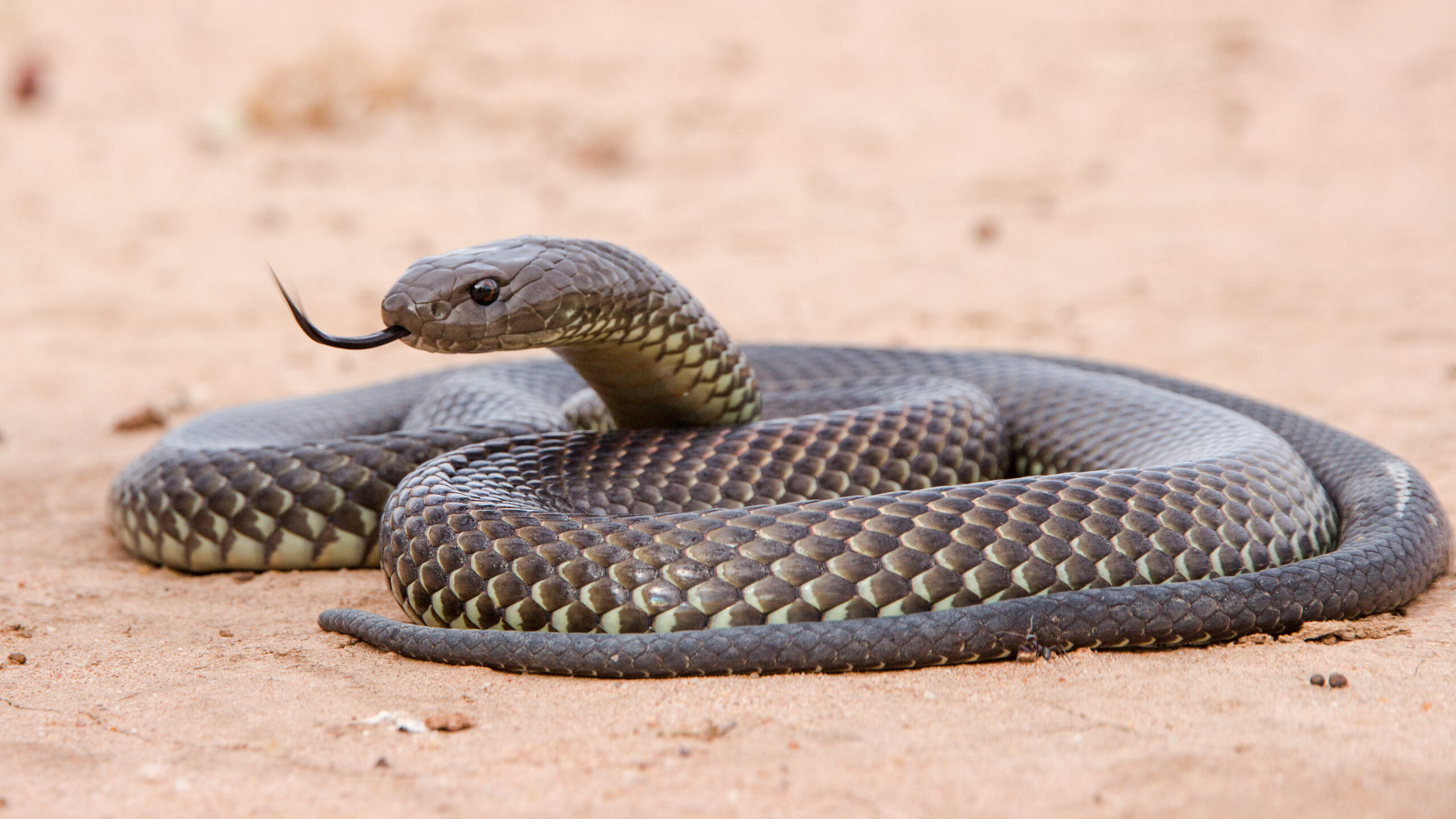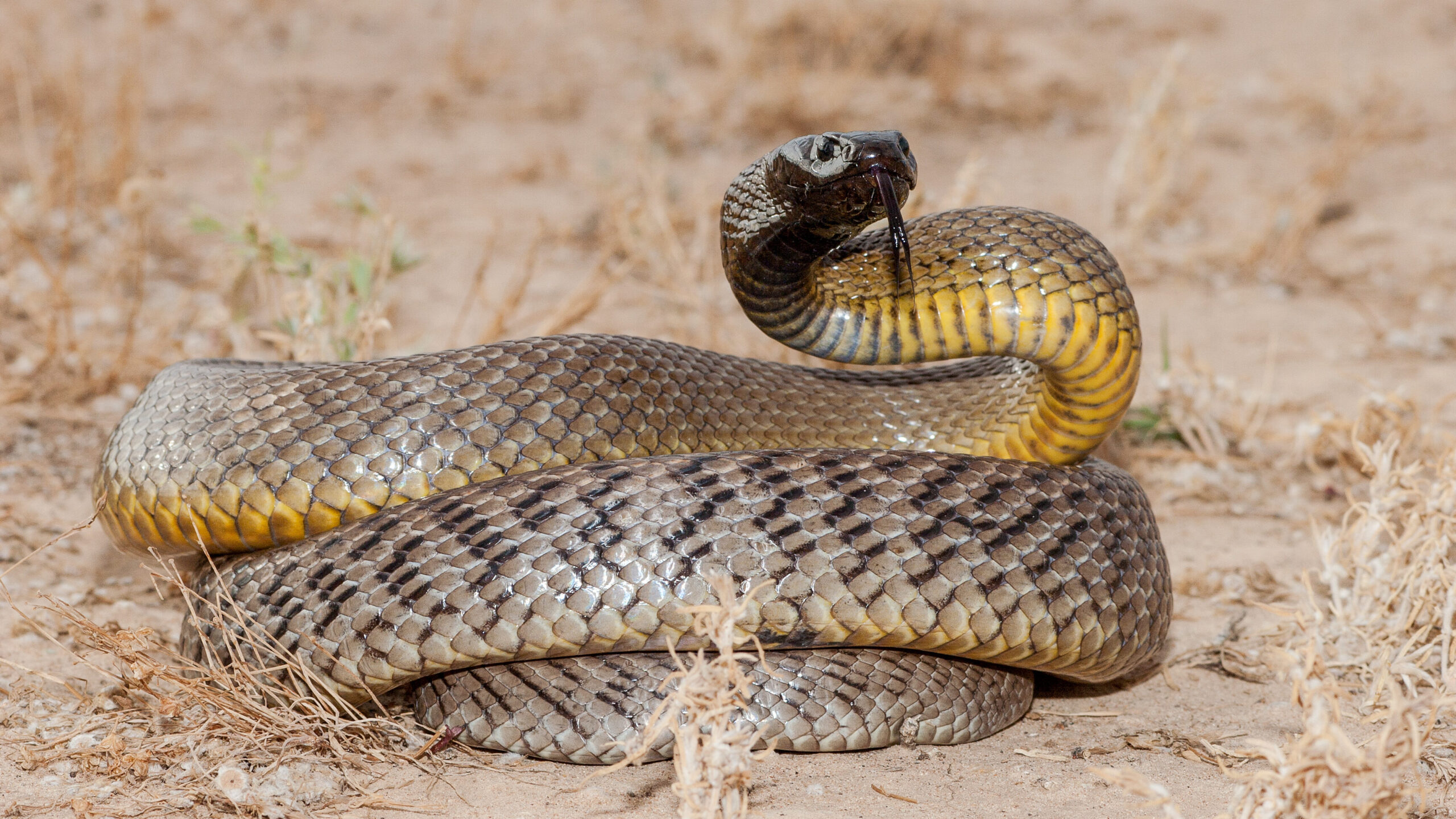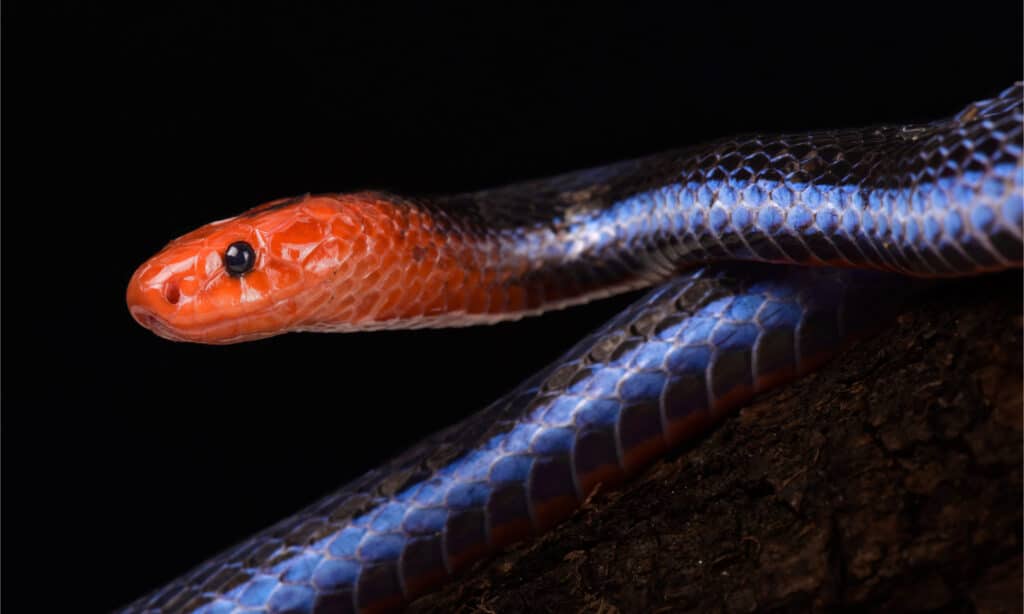Introduction
Australia, a land of varied wildlife, is home to many interesting animals, consisting of serpents that can influence both admiration and concern. Among these snakes is the tiger snake, understood for its striking look and reputation as a venomous killer. Because of this, one concern often emerges: Are tiger snakes venomous? This article will look into the misconceptions and facts surrounding tiger serpents, their habitat, actions, clinical implications of their bites, and much more.
Are Tiger Snakes Venomous?
When it pertains to the question of whether tiger serpents are venomous, the solution is an unquestionable yes. Tiger snakes (Notechis scutatus) are undoubtedly poisonous and ranking among the most harmful serpents in Australia. Their venom has powerful neurotoxins that can lead to paralysis and even fatality otherwise dealt with promptly.
While fatalities from tiger serpent bites have come to be much less typical as a result of developments in clinical treatment and antivenom schedule, this does not diminish the need for caution when encountering these reptiles. The prospective effects of a tiger serpent bite consist of extreme pain at the website of the bite, swelling, queasiness, trouble breathing, and neurological signs and symptoms such as weak point or paralysis.

Types of Tiger Snakes
In Australia, there are a number of identified subspecies of tiger serpents:
- Eastern Tiger Snake (Notechis scutatus): Discovered primarily in southeastern Australia. Tasmanian Tiger Snake (Notechis scutatus): A subspecies found just in Tasmania. Black Tiger Snake: Understood for its darker coloration.
Each of these varieties has variants in dimension and actions yet shares similar poison characteristics.
The Habitat of Tiger Snakes
Where Do They Live?
Tiger snakes are adaptable animals discovered across various environments throughout Australia. They commonly live in coastal areas however can likewise be located in wetlands, swamps, riversides, and forests. Their preference for moisture-rich settings makes them adept swimmers; hence they grow near water bodies like lakes or marshes.

Geographical Distribution
- Southeastern Coast: Home to Eastern tiger snakes. Tasmania: Dominated by Tasmanian tiger snakes. Northern Regions: Where you could encounter less frequently seen variants.
Habitat Preferences
Tiger serpents choose locations with abundant cover where they can conceal from killers while searching for target. They commonly search tiny creatures, frogs, birds, and also fish-- making them flexible seekers within their ecological niche.
The Composition of a Tiger Snake
Physical Characteristics
Tiger snakes have distinctive physical attributes that distinguish them from other Australian reptiles:
- Coloration: Normally grouped with yellow or light red stripes on a dark background. Size: They can grow up to 2 meters long; however, typical sizes range between 1.2 to 1.5 meters.
The one-of-a-kind coloration serves both as camouflage versus killers and while stalking victim in their natural habitat.
Behavioral Traits
Understanding the behavior types of brown snakes patterns of tiger serpents is essential for those living within their geographical range:
- Nocturnal Activity: They are primarily active in the evening but may also hunt during the day. Defensive Behavior: When endangered, tiger snakes may hiss loudly or squash their bodies-- a warning sign showing they really feel cornered.
Tiger Serpent Bite Symptoms
If bitten by a tiger snake, individuals ought to watch for particular signs that manifest soon after:
Severe localized pain Swelling around the bite area Nausea or vomiting Difficulty breathing Neurological signs such as muscular tissue weaknessIt's essential never to underestimate these indicators; instant medical interest is essential adhering to any kind of serpent bite incident.
First Help for Snake Bites
Immediate Actions After a Bite
Knowing just how to respond swiftly can save lives when handling possible serpent attacks:
Stay calmness and still-- movement boosts poison spread. Call emergency services immediately. Keep the influenced arm or leg immobilized listed below heart level. Avoid cutting or sucking out venom; this old better halves' story could get worse conditions. Remove tight apparel or fashion jewelry near the bite site.First Aid Set Essentials for Serpent Bites
A well-stocked emergency treatment package must consist of products particularly beneficial in treating serpent attacks:
|Product|Purpose|| --------------------------------|-----------------------------------------------|| Clean and sterile bandages|To cover wounds|| Disinfectant wipes|To cleanse around bite area|| Emergency situation get in touch with numbers|For fast gain access to during emergency situations|| Compression bandage|To help paralyze influenced limb|
Proper prep work can make all the distinction when an emergency situation strikes.
Fact vs Myth About Tiger Snakes
Myth 1: All Snakes Are Aggressive
Contrary to usual idea, not all snake types exhibit aggressiveness towards people. As a matter of fact, lots of would rather pull back than face us.
Myth 2: A Bite Always Causes Death
While deadly attacks do happen-- many thanks greatly to delayed treatment-- the majority of attacks are non-fatal if treated promptly with antivenom.

Myth 3: You Can Draw Out Venom
This commonly held belief is incorrect; attempting to suck out poison only enhances complications as opposed to relieving them!
FAQs
1. Are child tiger snakes extra dangerous than adults?
Baby tiger snakes may possess much less poison than adults but often deliver bites readily due to being even more frightened.
2. For how long does it take for signs and symptoms to show up after a bite?
Symptoms normally appear within minutes but can in some cases take hours depending upon aspects like private health conditions.
3. What must I do if I see a tiger snake?
Maintain range! Avoid prompting it; most experiences finish without case if you value their space.
4. Exists an antivenom readily available for tiger serpent bites?
Yes! Antivenom exists specifically formulated for dealing with diseases brought on by tiger serpent bites-- it's essential to look for professional medical support immediately!
5. Can I keep a tiger snake as a pet?
Keeping any type of wild serpent varieties poses considerable threats due mostly to their reproduction habits & & nutritional demands-- it's finest left in nature!
6. How widespread are snake bites in Australia?
Australia sees countless snakebite situations yearly; nonetheless casualties have actually reduced substantially many thanks greatly due enhanced recognition & & medical care access!
Conclusion
In final thought, recognizing whether "Are Tiger Snakes Venomous?" copperhead snake lugs substantial ramifications for individual safety and security when engaging with these fascinating reptiles native to Australia's varied environments can not be overstated!
Arming ourselves with expertise regarding these animals-- from their habitats and behaviors down via efficient emergency treatment practices-- empowers us towards safer conjunction alongside wildlife while mitigating threats connected with unintended encounters!
By cultivating Snakebite statistics Australia education regarding our setting's ins and outs-- not simply concentrating exclusively on anxiety-- we pave paths towards better gratitude & & preservation efforts benefiting both humanity & & nature alike!